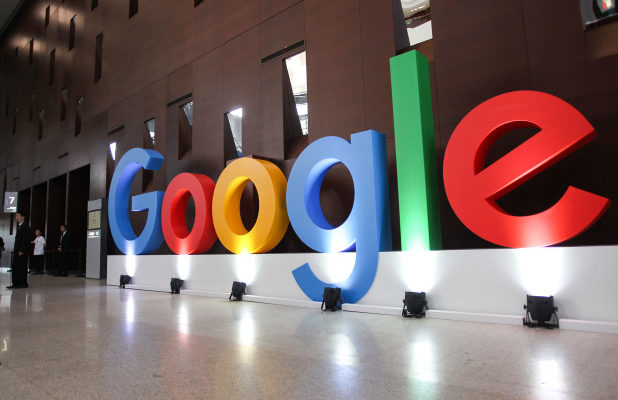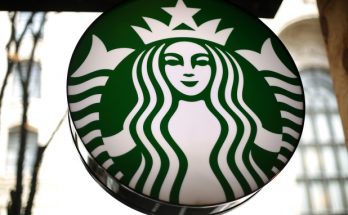By Thaler
Google violated its promised standards when placing video ads on other websites about 80% of the time – a dismal rate that raises questions about the search giant’s transparency’s online ad business, according to an explosive report.
The new research from ad campaign analytics firm Adalytics cited a lack of transparency in Google’s proprietary TrueView platform, which offers viewers choice-based ads and services Google-owned YouTube, plus millions of other third-party apps and websites.
TrueView asks users if they want to skip the video ad after five seconds. Google’s policies state that TrueView ads will be played before sites’ main video content, and will be skippable and audible.
The service also promises that advertisers will only pay for ads that aren’t skipped and are played in full.
However, Adalytics claimed that Google violates these parameters 80% of the time, costing “media buyers up to billions of digital ad dollars, which were spent on small, muted [or] auto-playing” video ads, the report says.
These ads were also played on sites that don’t meet Google’s standards for monetization, Adalytics noted, citing that Google touts a “careful vetting” system of approving “high quality Google Video Partners” outside its YouTube platform that it seemingly doesn’t abide by.
“This is an unacceptable breach of trust by YouTube,” Joshua Lowcock, global chief media officer at ad agency UM Worldwide, told The Wall Street Journal.
“Google must fix this and fully refund clients for any fraud and impressions that failed to meet Google’s own policies,” he added.
For ad placements on third-party sites, brands typically pay $100 for every 1,000 completed views of their ad. They’re charged a premium for more desirable ad placements, such as in the margins of a third-party site’s landing page.
For TrueView campaigns, Fortune 500 brands could spend upwards of $75,000, according to Adalytics’ report.
Google’s corporate parent Alphabet doesn’t disclose how much of the earnings come from Google Video Partners and TrueView. However, Google raked in $224.47 billion in total ad revenue last year, according to Statista.
Adalytics also found that TrueView was primarily placing its customers’ ads on these unqualified third-party sites that are home to “clickbait” content and misinformation rather than YouTube — which is usually most desirable to advertisers for its nearly 370 million monthly active users.
“For one Fortune 500 brand which spent tens of thousands of dollars on a particular TrueView skippable in-stream campaign, almost 90% of the campaign budget went to Google Video Partner mobile apps and websites. Only ~10% of the TrueView campaign budget was delivered against YouTube channels,” Adalytics’ report says.
Adalytics drew its conclusions by observing campaigns for more than 1,100 brands that recorded billions of ad impressions between 2020 and 2023. The company shared its findings with The Journal.
The analytics firm said video-ad placements for big brands like Johnson & Johnson, American Express, Samsung, Sephora, Macy’s, Disney+ and The Wall Street Journal violated Google’s promised standards, the outlet reported.
Ads for government agencies like Medicare, the US Army, the Social Security Administration and the New York City municipal government were also affected by the breach.
For every brand in Adalytics’ sample, more than half the budget they spent on the bundles went to non-YouTube properties, the research found.
Several ad buyers told The Journal that they aren’t aware when – or if – their ads are run on third-party sites.
A Google spokesman, meanwhile, told the outlet that advertisers can clearly see that their ads may run on third-party sites, plus how much is spent there. He also noted that advertisers can easily opt out of Google’s ad programs.
When reached out to the tech giant for comment, a spokesman pointed to a blog post titled “Transparency and brand safety on Google Video Partners.”
“The report wrongly implies that most campaign spend runs on GVP rather than YouTube,” the blog states.
It also insists that “advertisers are in control,” though Adalytics pointed to media buyers’ testimonials in its report, which said they “feel like it’s not a transparent investment.”




